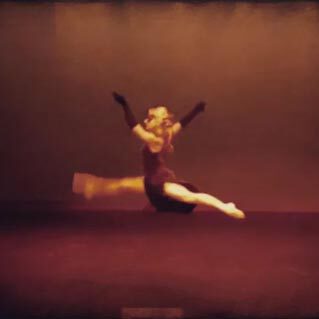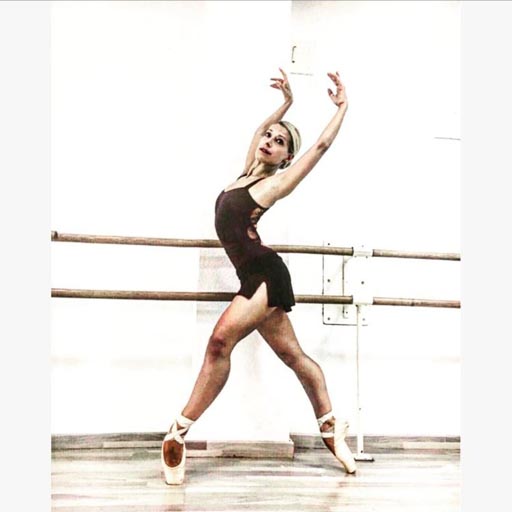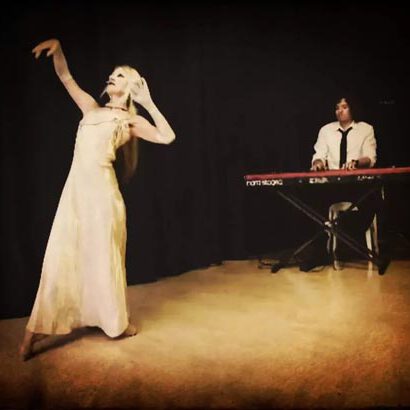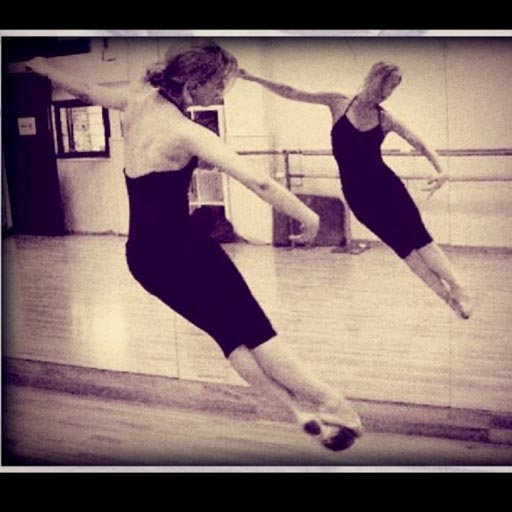Balanchine technique, also known as the Balanchine method, is a ballet performance style invented by the renowned dancer, choreographer, and teacher George Balanchine (1904–1983). It has become a trademark of the George Balanchine Foundation and is widely used in many of Balanchine’s choreographic works. Here are some key characteristics of the Balanchine technique:
Neoclassical Style: Balanchine’s choreography blends elements of traditional ballet technique with modern and abstract movements. His style emphasizes strong lines, angular shapes, and dynamic contrasts, creating a unique and innovative approach to ballet.
Speed and Musicality: Training in the Balanchine technique allows dancers to utilize more space in less time. Dancers focus on extreme speed, deep plié (bending of the knees), and a syncopated musicality. Balanchine’s choreography often aligns movement with the music, creating a harmonious connection between dance and sound.
Unconventional Arm and Hand Placement: Balanchine’s approach to arm and hand positions is unconventional and asymmetrical. Dancers learn to create abstract shapes with their arms, adding visual interest and expressiveness to their movements.
Distinctive Arabesque Line: Balanchine’s arabesque is described as “longer, stronger, and bigger.” Dancers are encouraged to “reach for diamonds” in both directions, elongating their arms and creating a visually striking line.
Athletic Dance Quality: Balanchine’s choreography demands athleticism and precision. Dancers perform with energy, clarity, and technical excellence, showcasing their physical abilities.
Balanchine’s legacy extends beyond his choreography; he also founded the School of American Ballet in New York City, where the Balanchine technique was first developed. Although he never created a formal “dictionary” of his technique, his impact on the world of ballet remains profound.













